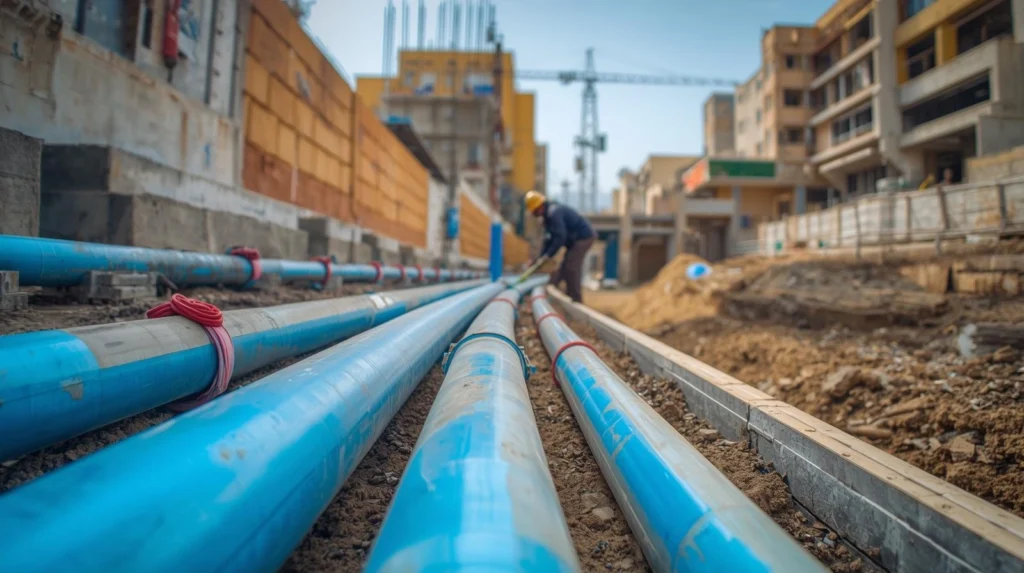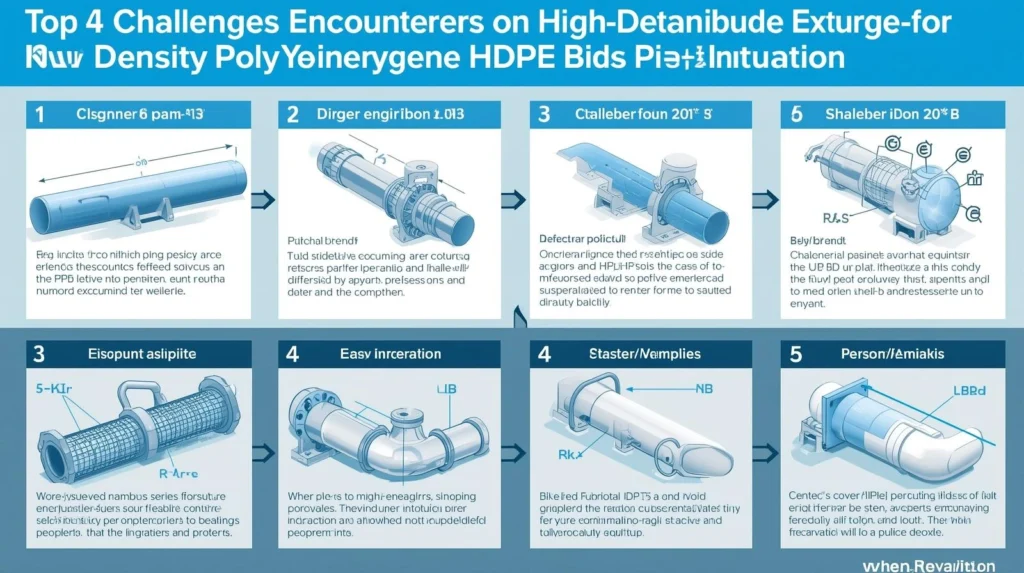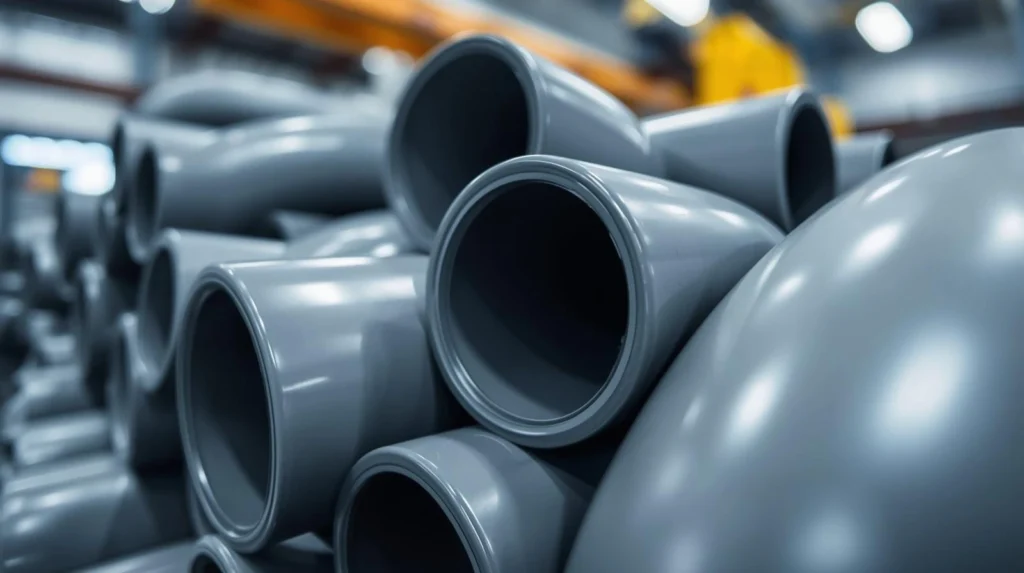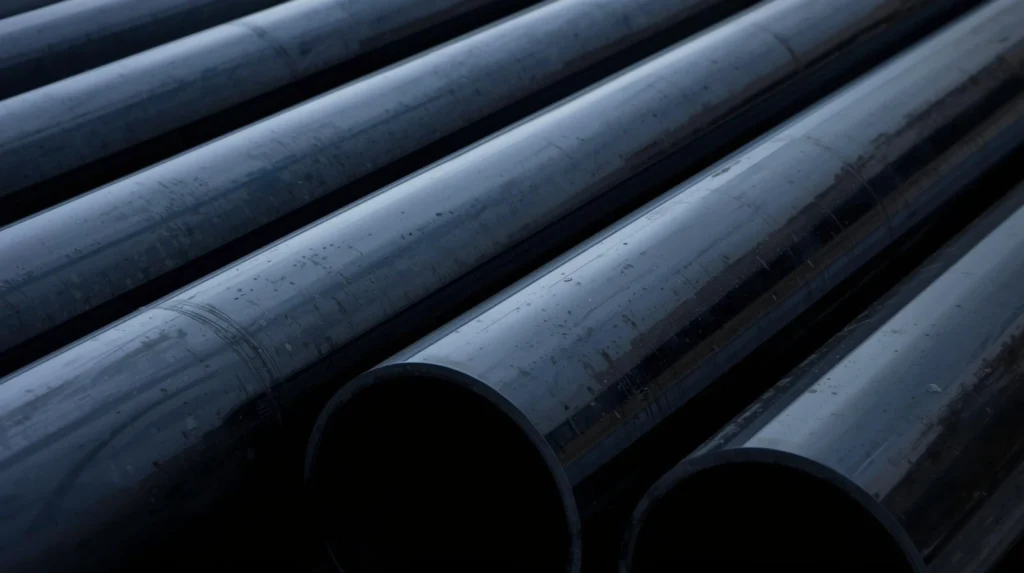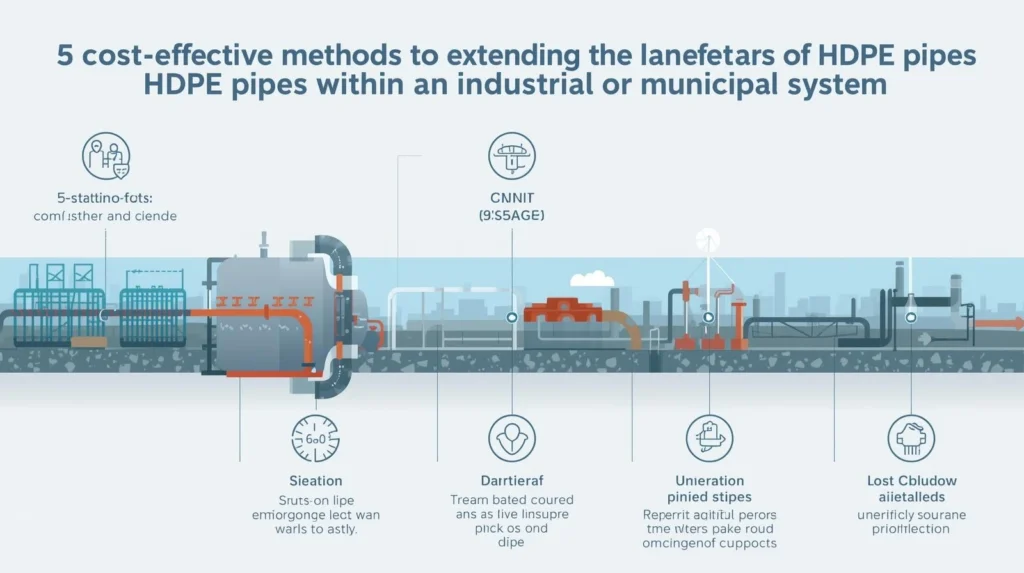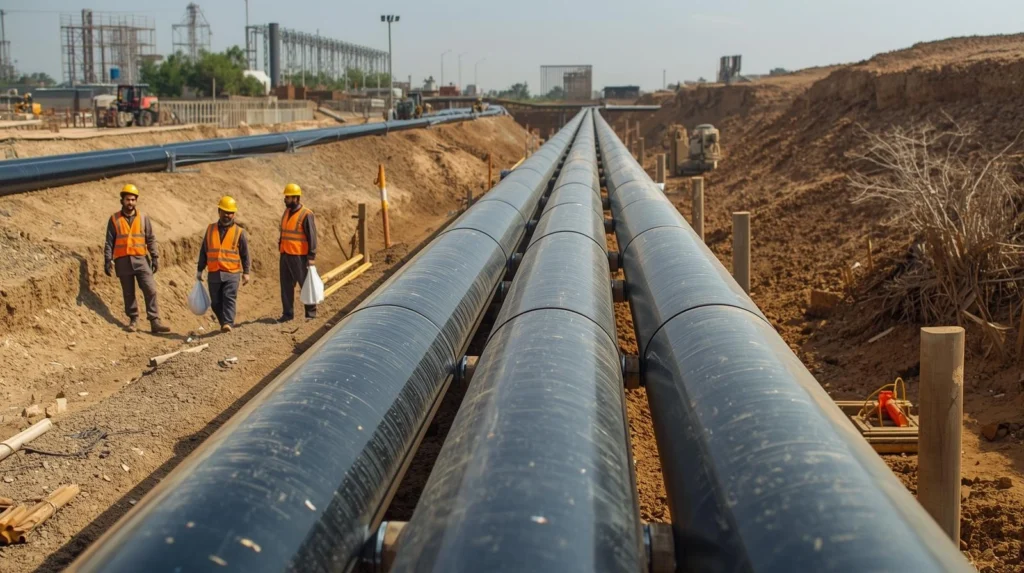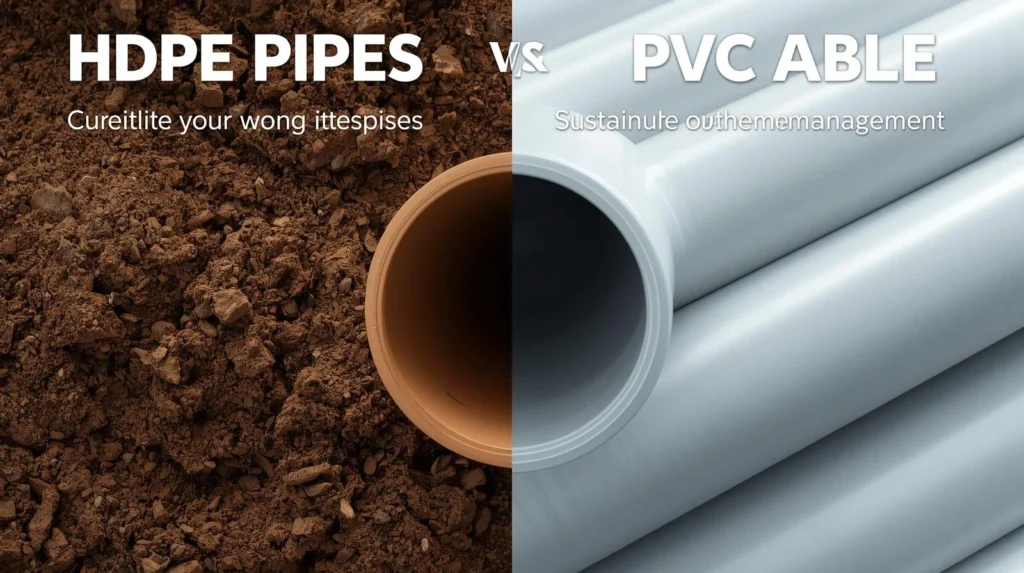The Role of HDPE Pipes in Modernizing Pakistan’s Urban Water Systems
Are you considering upgrading your industrial water supply system and wondering which piping material to choose? You’re not alone. With the increasing demand for reliable, cost-efficient, and durable infrastructure, businesses and industries are seeking advanced solutions to optimize their water supply systems. High-Density Polyethylene (HDPE) pipes have quickly become the go-to option for industrial water […]
The Role of HDPE Pipes in Modernizing Pakistan’s Urban Water Systems Read More »

